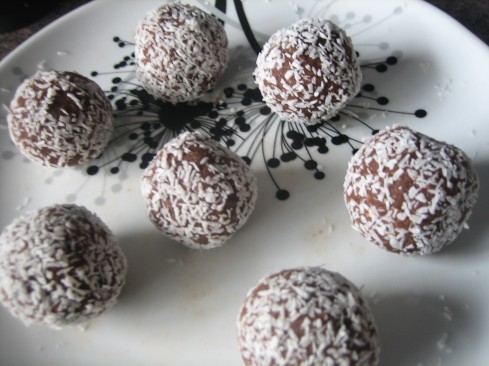When you have a growing number of kids with Multiple Chemical Sensitivity (MCS). When you have a growing number of kids with asthma. When you have a growing number of kids with allergies. When you have a growing number of children with a whole range of behavioural problems. When you have a growing number of kids suffering depression. When are we going to take children’s environmental health seriously in Australia?
With all the talk of climate change it is easy to forget that the health of the world has a direct relationship with the health of our kids. The problems of our environment cannot be simply expressed in terms of carbon. Focusing on climate change and carbon is like a doctor who is only interested in regulating your lungs despite the nasty rash all over your body! Lets be holistic about environmental health.
Children’s environmental health is a serious issue that needs addressing NOW. The chemical stresses on a growing child’s body are immense and with ongoing health implications. This issue needs to be worked from a few angles.
1. PARENT EDUCATION
I’m always so pleased when I see up and coming eco and healthy products on the market: stainless steel water bottles, organic baby clothes, stainless lunch boxes etc. It makes it easier for a parent that already has some chemical awareness to access appropriate alternatives. But awareness of the impacts of chemicals on children should not be only for ‘hippie’ parents or an elite educated middle class, it should be available to everyone who cares for their children. But unless you have countless hours to search the internet for snipets of information here and there it is difficult to even know where chemicals are lurking in your own house! You have to actively seek out this information like some sort of quest.
Some issues are getting coverage. For example, it is great to see Australians taking the problem of BPA seriously – but we are at least two years behind places like Canada. And even then there is little broader discussion on other impacts of plastics to childrens health. With few studies conducted in Australia, on Australian kids, we are left to decifer information coming from the USA even though our regulatory rules are different here.
There needs to be an Australian organisation that opens up discussion of these issues for Australian parents. This is a BIG topic, the research is up and coming, we just need Australians to take more of an interest in the issues and work together. Many organisations are chipping away at this: National Toxins Network, 1000 mums making a difference, groups that work to highlight multiple chemical sensitivity.How can we co-ordinate this better and gain funding to help a wider audience?
2. GOVERNMENT ACTION
As we have mentioned, the buzz word is climate change and its simplistic focus on carbon and energy use. I’m not denying this is not important work but lets not get caught with our environmental blinkers on. Environmental issues go beyond carbon! Humans are the canary in the coal mine and our kids are right there on the cutting face. If we make a world which is safe for children then it is a world safe for everyone! By prioritising children’s environmental health we are making a healthier world for everyone and everything.
Lets put more pressure on our government and ensure that we are not years behind regulations that exist in America, Canada and Europe. Again, there are many good organisations out there who are overworked and underpaid highlighting these issues. How can mothers and fathers and grandparents fit into this?
I would love to see a co-ordinated approach to tackle this problem. A huge Australian organisation that every family could rely on for pointed and informative advice. That’s the dream!
Jeddah

